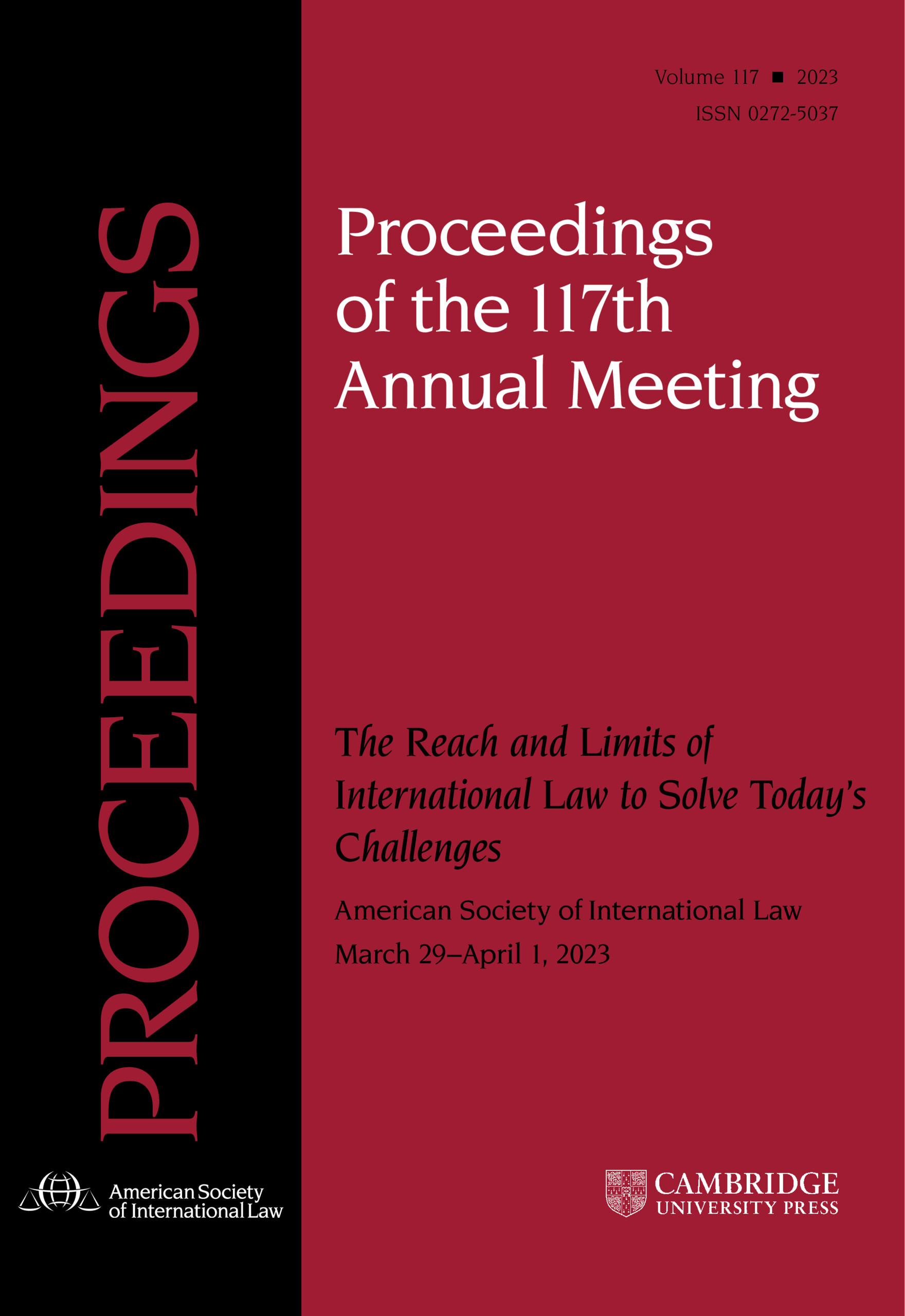Climate litigation in the Global South tends to be couched in rights-based clams including the right to life and a clean and healthy environment. Jolene Lin explained that this is in part due to the fact that many jurisdictions in the Global South have embedded environmental rights in their constitutions and, in some cases, courts have interpreted the right to life to include the right to a clean and healthy environment.Footnote 1
In addition to the human rights dimension, Jolene Lin clarified another trend when it comes to climate litigation in the Global South. Plaintiffs try to address what they perceive to be the most fundamental drivers of climate change, not necessarily by pushing for new climate laws or policy, but rather by focusing on enforcement of existing environmental laws and relying on tried and tested legal precedents to ground their pleadings. This increases the chances of favorable outcomes, which is of particular importance to litigators who are working with fewer resources. This “stealthy nature,” as Jolene Lin puts it, of attaching climate change issues to claims of existing environmental enforcement allows litigators to advance climate change policy in a more quiet and cautious manner without pushing the limits of judicial restraint.
Overall, cases continue to emerge in the Global South, but there is wide underreporting of these cases due to factors such as language barriers and challenges accessing legal materials in some jurisdictions. The growing understanding of the climate litigation landscape in the Global South will contribute to a richer and more developed picture of climate litigation and its impacts on global climate governance.


